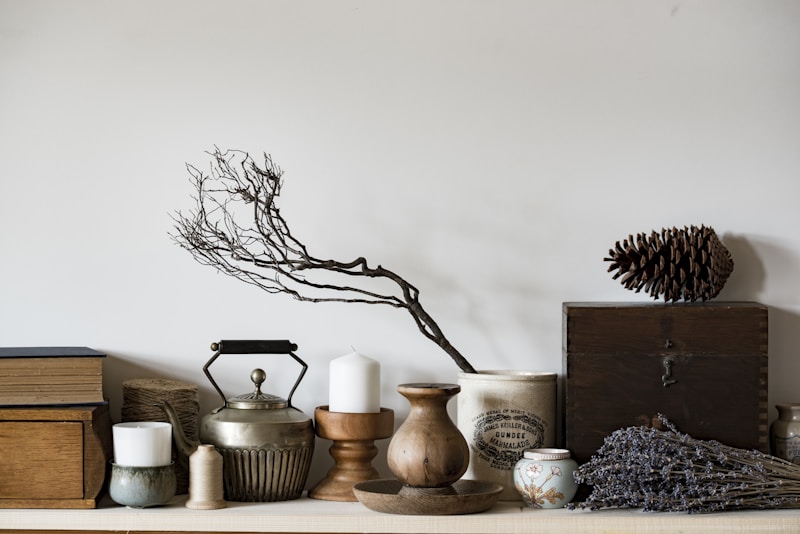Exploring Color Palettes Inspired by Retro Eras: A Guide to Vintage Aesthetics
Color has the power to evoke emotions, tell stories, and influence our environment. When it comes to design, particularly in sectors like fashion, interior design, and graphic design, color palettes play a critical role in conveying a specific mood or era. Among the various sources of inspiration, retro eras stand out as a treasure trove of vibrant and unique color combinations. In this article, we will explore color palettes inspired by retro eras, examining their characteristics, uses, and how they can influence modern designs.
The Charm of Retro Color Palettes
Retro color palettes refer to the hues and shades that were predominantly used in certain historical periods, often from the mid-20th century back to earlier decades. These color schemes embody the cultural essence of their times, reflecting societal trends, technological advancements, and stylistic preferences. Popular eras include:
- 1950s: Pastel tones like mint green, baby pink, and buttery yellow.
- 1960s: Bold colors, including vibrant oranges, rich greens, and funky patterns.
- 1970s: Earthy shades such as rust, avocado green, and mustard yellow.
- 1980s: Bright neons and contrasting colors that showcased youth and rebellion.
- 1990s: Muted tones, incorporating grunge influences with teal, mauve, and burgundy.
Why Choose Retro Color Palettes?
Using retro color palettes in contemporary design can attract nostalgic emotions and create an inviting atmosphere. Here are some reasons to consider these vintage hues:
- Timeless Appeal: Retro colors have a way of standing the test of time. While trends may change, the charm of vintage colors remains constant.
- Emotional Resonance: Retro colors often evoke feelings of nostalgia, happiness, and warmth. They can make viewers feel more connected to a project or product.
- Unique Branding: Incorporating retro palettes can differentiate a brand, providing a unique identity that resonates with certain target audiences.
Popular Retro Color Palettes
Let’s delve into some iconic retro color palettes that can inspire designers:
| Era | Color Palette | Characteristics |
| 1950s | Mint Green, Baby Pink, Buttery Yellow | Soft, pastel tones evoke a sense of innocence and freshness. |
| 1960s | Vibrant Orange, Rich Green, Funky Purple | Bold and energetic colors that represent liberation and creativity. |
| 1970s | Rust, Avocado Green, Mustard Yellow | Earthy and warm shades reflecting nature's beauty and comfort. |
| 1980s | Neon Pink, Bright Green, Electric Blue | High-contrast and lively colors that signify youth and energy. |
| 1990s | Teal, Mauve, Burgundy | Muted tones reflecting a blend of minimalism and grunge. |
How to Use Retro Color Palettes Effectively
Integrating retro color palettes into your designs requires careful planning and consideration. Here are some practical tips:
- Balance is Key: Try combining retro colors with modern neutrals to avoid overwhelming visuals. Pairing a bold vintage hue with a minimalist backdrop can create striking contrasts.
- Focus on the Core: Choose one or two colors from the palette as your focus, while using the other shades for highlights or accents. This creates a cohesive look without deviating into chaos.
- Understand Your Audience: Different audiences may resonate with various retro tones. Conduct research to understand which palettes connect best with your target demographic.
- Experiment with Textures: Retro colors can look different depending on the texture. High gloss finishes can enhance the vibrancy, while matte finishes can tone them down for a more subdued look.
Modern Applications of Retro Color Palettes
The use of color palettes inspired by retro eras extends beyond fashion and interior design. Here are some modern applications:
1. Website Design
Website aesthetics rely heavily on color choices. Retro-inspired hues can be used to create visually appealing and engaging web designs that attract users' attention. Sites like vintage clothing stores often utilize these palettes to evoke a sense of authenticity and nostalgia.
2. Fashion Collections
Fashion designers frequently tap into retro aesthetics for inspiration. Collections that feature 50s pastel shades or 70s earthy colors can set a unique tone on the runway or in retail stores, allowing designers to stand out.
3. Product Packaging
Brands aiming to capture the hearts of consumers are increasingly adopting retro colors in their product packaging. Vintage-inspired visuals create a sense of nostalgia that can enhance the appeal of commodities, such as artisanal foods and craft beverages.

4. Branding
Branding heavily relies on colors for recognition. Companies aiming for a retro vibe can utilize color palettes from the chosen era to resonate with consumers. This can be effectively implemented in logos, advertisements, and promotional materials.
Final Thoughts on Color Palettes Inspired by Retro Eras
Color palettes inspired by retro eras offer a broad spectrum of choices for designers seeking to infuse nostalgia and warmth into their projects. Understanding the characteristics of various decades allows for the selection of colors that resonate with audiences and evoke specific emotions.
As you explore retro color palettes, consider your modern context and how these hues can be paired effectively to create desirable aesthetics. Whether you’re redesigning a website, curating a fashion collection, or revamping a brand’s image, retro colors can serve as powerful tools in your creative arsenal. Remember to experiment, balance, and listen to audience preferences to maximize the impact of your designs.
In conclusion, while trends in color may fade over time, the influence of color palettes inspired by retro eras will continue to inspire innovation and creativity in various fields. Embrace this vibrant history as you craft contemporary designs that resonate with both the past and present.